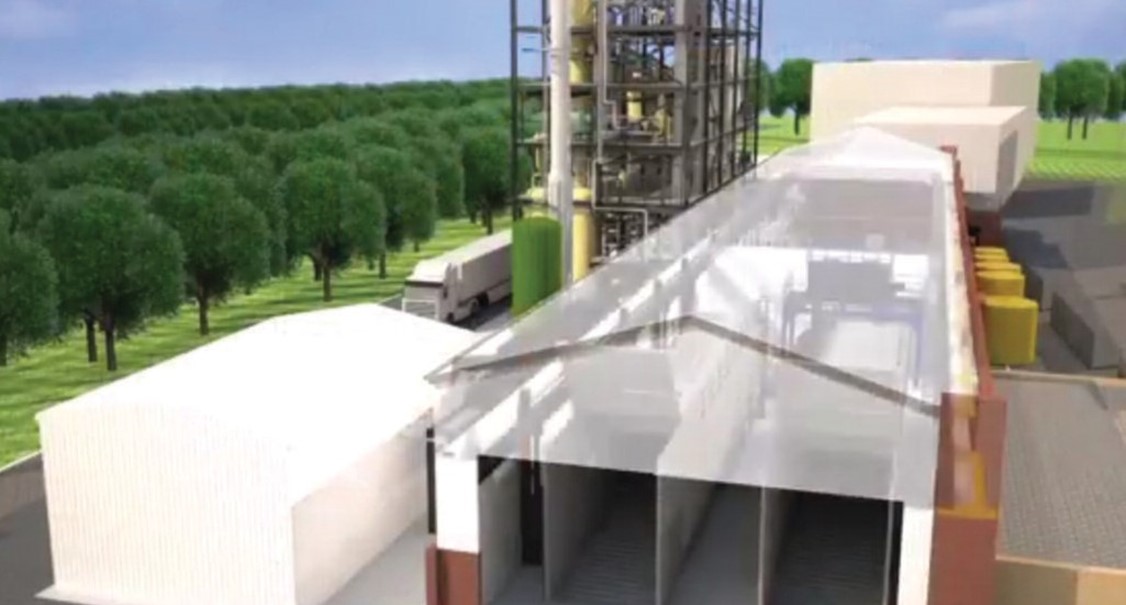With a global focus on reducing reliance on fossil fuels for energy
supply, and the use of renewables and waste reclamation as alternative methods of generating energy, energy from waste is a particular area of interest for MATL.
The methods used to extract energy and reduce waste to landfill range from simple incineration and steam turbines, to gas generation and direct generation. The latter spawns a chemical synthesis industry, creating usable products from waste processing, thereby increasing the effectiveness of the processes.
Although the principles of generating syngas through the gasification process using waste biomass and other waste products is a known technology and has been in existence for many years the transition to a sustainable, clean, reliable and commercial long-term operation has proved more problematic for many companies.
MATL has been involved in several projects focused on the development of transitioning from pilot trials to commercial operations through certain key break points.
The Wednesbury Gasification Project was the winner of an ETI-organised competition to develop a viable process of energy generation from domestic waste material. The project was part-funded by ETI and part-funded by the plant owner operators to construct a plant to be used as proof of concept, and able to be scaled to commercial operations.
Case Study: Wednesbury Gasification Project
MATL were engaged to define the control system and to develop the controls in more detail. Much of the initial process design had been established in principle, but the scaled practical application design was still necessary.
The remit included selection of appropriate instrumentation, which involved close discussion with key suppliers to establish how their equipment would fare in the range of environments identified, but not necessarily proven. It was important to select instrumentation from those available as standard, so each had to be assessed against the variations of temperature, pressure, abrasion and corrosion, as well as often being subjected to ATEX.
As the Client was relatively new to design and construct projects, MATL were used as their C&I representatives, and were able to advise on an extended range of issues such as conformity to regulations, risk assessment and functional safety, as well as the initial controls design and hierarchy.

Risk Analyses and Functional Safety
The requirement for hazard identification and analysis has a key role within the UK Industrial sector and achieving the requirements to satisfying UK regulations and legislation is critical for any organisation wishing to trade within the UK and with the EU. MATL and its employees played a critical role in the development of the project contributing towards the systems and interaction between the various sub-systems to ensure the removal or satisfactory reduction of risks inherent with the plant.
We worked closely with the client, the process designers and the principal designer to develop a comprehensive risk identification and assessment through HAZOP of the whole process, and then were asked to provide definition and the outline design for the functional safety to meet the residual hazards identified.
Confidentiality
The details provided on this case study project here are restricted to information available within the public domain – further information may be available, depending on permission from the Client.

